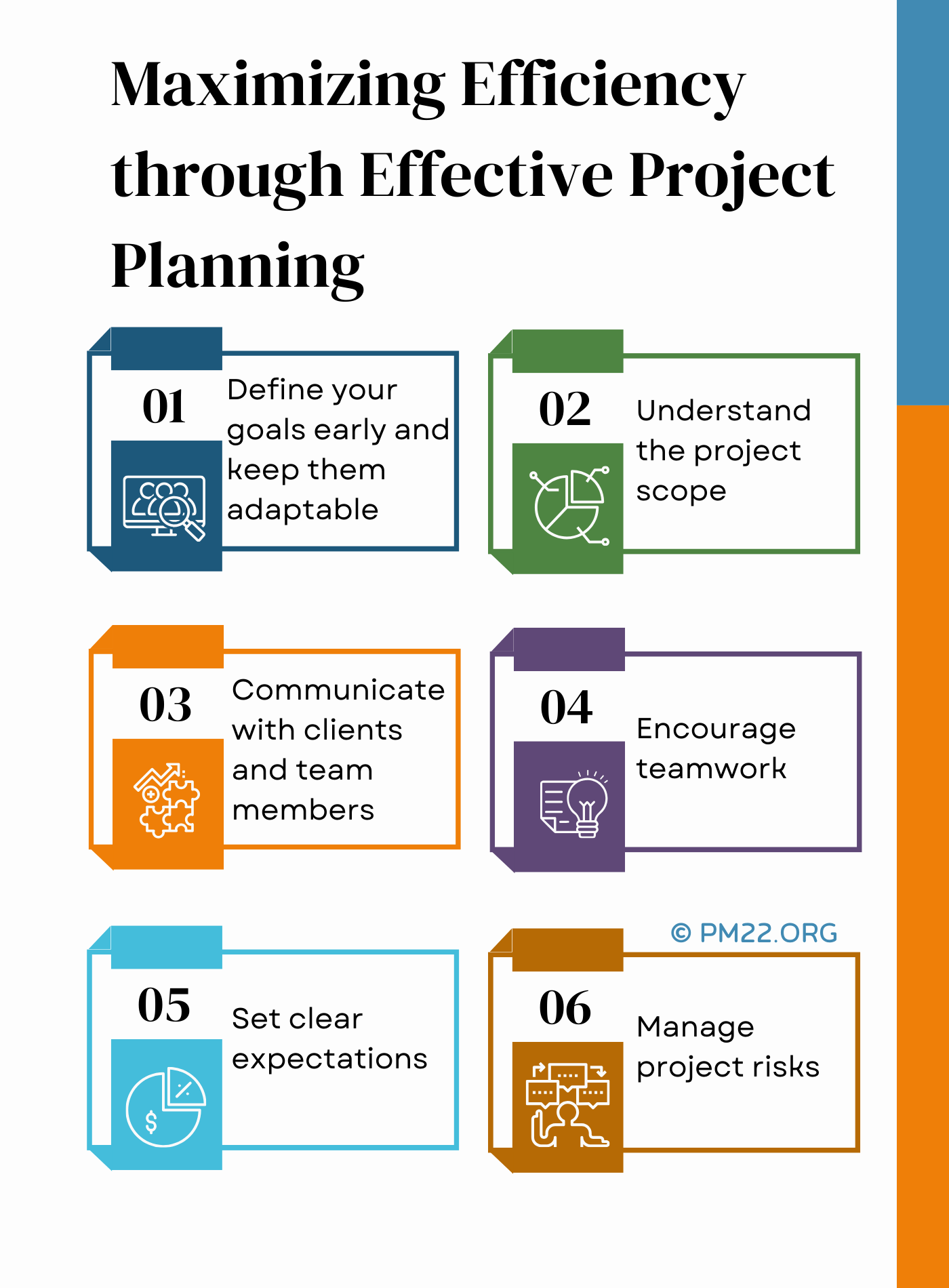In today's fast-paced world, maximizing productivity is crucial for achieving success in both personal and professional endeavors. One key area where productivity plays a significant role is in project management, where efficient use of time and resources can make the difference between meeting deadlines and falling behind. In this article, we will delve into five actionable strategies to boost productivity in your projects, ensuring that you deliver high-quality results on time and within budget.
Understanding the Importance of Productivity in Project Management
Before we dive into the strategies, it's essential to grasp why productivity is vital in project management. Productivity directly impacts the overall success of a project. When team members are productive, they can complete tasks efficiently, meet deadlines, and deliver quality work. This, in turn, enhances customer satisfaction, fosters a positive reputation for your organization, and contributes to the project's financial success.

1. Set Clear Goals and Objectives
The first step to boosting productivity in your projects is to set clear, concise, and achievable goals and objectives. When team members understand what is expected of them, they can focus their efforts on the tasks that contribute most to the project's success. Ensure that these goals are SMART: Specific, Measurable, Achievable, Relevant, and Time-bound.
- Specific: Clearly define what needs to be accomplished.
- Measurable: Quantify the goals so progress can be tracked.
- Achievable: Ensure the goals are realistic and attainable.
- Relevant: Align the goals with the project's overall objectives.
- Time-bound: Establish deadlines for achieving the goals.
Benefits of Setting Clear Goals
- Enhances focus and direction among team members.
- Improves task prioritization.
- Facilitates the measurement of progress and success.
2. Prioritize Tasks Effectively
Effective task prioritization is key to maximizing productivity. Not all tasks carry the same weight in terms of importance and urgency. Use the Eisenhower Matrix to categorize tasks into four quadrants based on their urgency and importance. Focus on the most critical tasks first, which are those that are both urgent and important.

Implementing Effective Task Prioritization
- Use the ABCD method: Label tasks as A (high priority, high impact), B (medium priority), C (low priority), and D (deadline not set).
- Apply the Pareto Principle: Focus on the 20% of tasks that yield 80% of the results.
3. Utilize Project Management Tools
In today's digital age, there are numerous project management tools available that can significantly boost productivity. These tools offer features such as task assignment, progress tracking, communication platforms, and time management, which help streamline project workflow and reduce manual effort.

Choosing the Right Project Management Tool
- Evaluate your project's specific needs and requirements.
- Consider scalability, user interface, and integrations with other tools.
- Look for tools that offer a free trial or demo to test before committing.
4. Foster a Productive Team Culture
A productive team culture is the backbone of successful project execution. Encourage open communication, teamwork, and continuous learning. Regular team meetings and feedback sessions can help identify bottlenecks and areas for improvement, ensuring that the team stays motivated and focused.
Building a Positive Team Culture
- Lead by example: Demonstrate the behaviors and work ethic you expect from your team.
- Encourage collaboration and mutual support.
- Recognize and reward achievements and contributions.
5. Monitor Progress and Adjust Strategies
Finally, to ensure that productivity remains high throughout the project, it's crucial to continuously monitor progress and adjust strategies as needed. Regularly review performance metrics, solicit feedback from team members, and be prepared to pivot your approach if certain tactics are not yielding the desired results.

The Benefits of Continuous Monitoring
- Allows for timely intervention to address issues.
- Enhances accountability among team members.
- Facilitates informed decision-making.






As you embark on your next project, remember that productivity is not just about completing tasks quickly; it's also about achieving high-quality results and ensuring the project's overall success. By implementing these strategies, you'll be well on your way to maximizing productivity and delivering projects that exceed expectations.
What are some common productivity killers in project management?
+Common productivity killers include poor communication, inadequate planning, lack of clear goals, ineffective task prioritization, and insufficient use of project management tools.
How can I measure productivity in project management?
+Productivity in project management can be measured through metrics such as task completion rates, project timeline adherence, quality of work delivered, and team member satisfaction.
What role does continuous learning play in project productivity?
+Continuous learning is crucial as it equips team members with the latest skills and knowledge, enabling them to adapt to new challenges and technologies, thus enhancing productivity and the quality of work delivered.
As you've reached the end of this article, we invite you to share your thoughts, experiences, and any strategies you've found useful in boosting productivity in your projects. Your insights can help inspire and inform others in the project management community.
